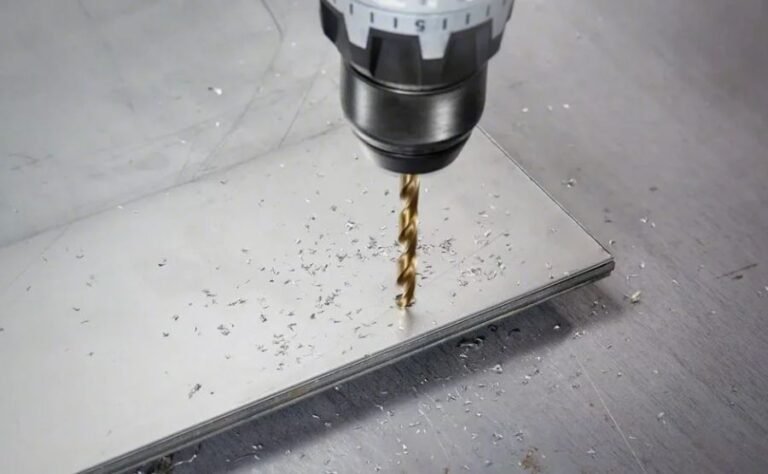Why Every Explorer Should Carry a Rhino Kit: Preparedness for the Unexpected
In outdoor operations, adventure tourism, exploration, forestry, industrial projects, and tactical operations, the safety of the personnel is a top priority. Emergencies can range from the minor to the grossly life threatening, and can happen at any time. From a business standpoint, the safety and the liability of the business hinges on the ability of every team member to respond to any emergency. The operational continuity of the business will be affected if that is not the case. This is where preparedness and the right first aid and trauma kits come into play. Among the professional grade solutions, a rhino rescue kit is comprehensive and reliable. This is the reason the rest of this article focuses on why every explorer should carry a Rhino Kit and why it is a great system for preparedness for the unexpected for B2B organizations.
Comprehensive Protection in Remote Environments
Outdoor operations will frequently occur in remote locations where medical assistance will not be available in a timely manner. Businesses that deploy teams in these conditions must ensure that each team member is equipped with a sufficient set of medical supplies to cover any range of injuries, from minor cuts and burns to fatal trauma. The rhino rescue kit is designed to be comprehensive and modular so that whatever the situation, it is expected and ready to go.
The composition of the kit includes premium quality bandages, hemostatic agents, tools for airway management, and trauma tools, and assembled for easy retrieval. For B2B operations, this quality of preparedness is imperative. Well-developed kits help minimize the time it takes to respond to emergencies and stanch the flow of blood in cases of serious injuries. Modular compartments help to reach every item no matter where it is stowed without wasting time, an imperative in life saving procedures.
Losing Field Preparedness
One mistake companies make is to think any standard first aid is okay for outdoor work. Deficient preparation invites delays and complications. Common mistakes include the use of weak and cheap containers, miscalculation of the number of supplies needed, neglecting to update supplies with expiration dates, and inadequate training of staff.
All these problems forced the developers of the RHINO RESCUE IFAK kit to come up with an integrated and tailored solution for the field. It is perfectly designed for the field as it weighs little and has a waterproof and rugged exterior with compartments for easy access. High quality kits show the most tools available to extreme environments. Preparedness is paramount with this model and operational efficiency is a close second.
Training and Familiarity with the Kit
Advanced kits are useless if personnel are not taught how to use them. Too often, the training cascade is forgotten and businesses fail to provide the necessary training. In an emergency, indecision or not knowing how to use the equipment may lead to inappropriate treatment or the loss of a life.
To avoid this, training should be comprehensive. The training should include how to retrieve supplies, use the trauma devices, and perform emergency procedures in realistic scenarios. They must also learn the kit so well that, in a stressful situation, they can identify what they need and what it is called. This design has been maximally usable for RHINO RESCUE IFAK kit. It has well thought structural design to streamline rapid use and identification of core components to enhance kit use in emergencies to be predictable. Dry runs also enhance the predictable nature of the and confidence of the personnel.
Customization for Operational Risks
Field preparedness often misses the risk. Every environment should increase and customize the kit to streamline operations and reduce the risk of exposure’. For example, a forestry team does not have a snake bite, and an insect sting falls. Contrast with heavy trauma, burn, or chemical exposed construction or industrial explorable.Customizing a Rhino Rescue kit based on comprehensive risk assessments allows for the inclusion of the right kits to address the expected challenges of the area of operation. Working with occupational safety experts helps businesses identify the right kits to include, be it specialized bandages or other elements for trauma and burn care. This tailored approach for B2B clients helps minimize waste and improves preparedness, guaranteeing that every possible emergency can be managed with the right tools.
Maintenance, Inventory, and Compliance
The effectiveness of a kit is only as strong as its maintenance and inventory management. Medical supplies have limited shelf lives, and it is necessary to inspect items such as sterile dressings, tourniquets, and medications regularly. Compromising on replacing expired or damaged supplies puts the kit at risk when it is needed the most.
Having a well-defined process for systematic inspection and maintenance is non-negotiable for B2B operations. For every first aid kit, a digital record of the supplies should be kept, expiration dates tracked, and restocking reminders assigned to ensure that kits are ready for use anytime. Compliance to standards of legislation, safety, and regulations fosters order. For the organization to address its operational and legal responsibilities, there has to be a clearly defined process. The IFAK kit by RHINO RESCUE streamlines operational maintenance and replenishment of resources.
Further Best Practices for Field Operations
Besides maintenance and proper packing, businesses can take other steps to enhance preparedness:
- Checklist Planning: Document each kit with a checklist for auditing and efficient restocking.
- Dispersed Distribution: Distribute the kits to each operational area for quick access.
- Multiple Kits: Place extra kits for large teams and operations across different locations.
- Drill Preparation: Simulate different scenarios to test both the kit and personnel preparedness.
- Refresher Training: Regular training updates and skills refreshers help employees align with the latest field trauma care practices.
Operational and professional rhino rescue kits practice this. Its operational resilience reduces liability and builds employee and stakeholder confidence.
Conclusion
For B2B operators in remote or high-risk environments, a Rhino Kit is more than an operational precaution—it is a professional necessity. Employees need appropriately stocked, customized, and well-maintained kits to respond to injuries and emergencies. Mistakes can compromise safety and operational continuity, such as overlooking the maintenance, training inadequately, customizing kits poorly, and underestimating the needed supplies.
Businesses can safeguard their workforce while maintaining operational readiness through the installation of professional-graded rhino rescue kits along with their corresponding training, planned placement, and routine upkeep. For each explorer, contractor, or industrial operator functioning in unpredictable settings, the Rhino Kit offers the trust, dependability, and capability to manage the unforeseen. This saved operational resources and showcased preparedness, along with being able to show operational resources saved while demonstrating preparedness, evacuation drills, and rescue standby scenarios further demonstrated an unwavering commitment to operational downtime reduction.







